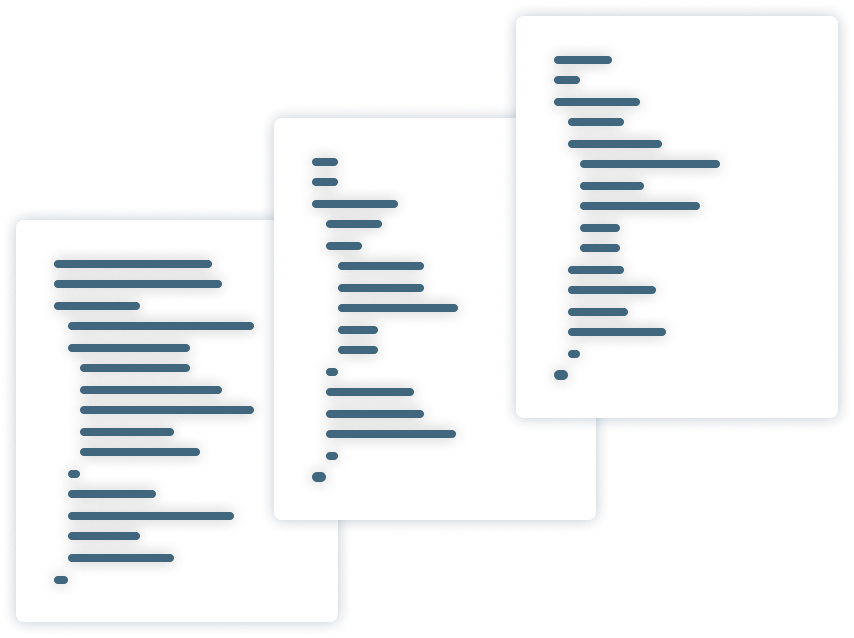Frequently Asked Questions
Find quick answers by browsing categories
What is quantitative finance?
Quantitative finance applies advanced mathematical, statistical, and computational methods to solve complex problems in finance, such as risk management and portfolio optimization.
What is holistic?
Refers to the idea that a system's properties are best understood by viewing the system as a whole rather than just by its individual parts.
What is asset management?
Asset management involves the balancing of costs, opportunities and risks against the desired performance of assets to achieve an organisation's objectives.
What is a hedge fund?
A hedge fund is a pooled investment fund that holds liquid assets and that makes use of complex trading and risk management techniques to aim to improve investment performance and insulate returns from market risk.
What is socio-economic?
Social economics, also known as socioeconomics, is a branch of economics that examines how social behavior and economic activity influence each other within a society.
What is a virtual twin?
A Virtual Twin is a dynamic digital representation of a physical asset, process, or system that is used to simulate, analyze, and optimize its real-world counterpart throughout its lifecycle.
What is a data source?
A data source is simply the source of the data. It can be a file, a particular database, or even a live data feed.
What is a time series?
A time series is a series of data points listed or graphed in time order.
What are socio-economic indicators?
Socio-economic indicators are defined as analytical tools that provide quantifiable information to assess social performance and manage complex sustainable development issues related to various stakeholders and their socio-economic contexts.
What is data harmonization?
Data harmonization involves transforming datasets from different sources to be consistent in their meaning (semantics) and structure (syntax), making them comparable and usable for unified analysis.
What is data curation?
Data curation is the organization and integration of data collected from various sources. It transforms raw data into reliable, high-quality datasets by involving active management of data quality, collection, cleaning, organization, annotation, and storage.
What is data lineage?
Data lineage is the process of tracking the entire life cycle of data, detailing its origins, transformations, and ultimate destination, providing a complete audit trail of how data moves and is changed across systems.
What is data observability?
Data observability refers to the practice of monitoring, managing and maintaining data in a way that ensures its quality, availability and reliability across various processes, systems and pipelines within an organization.
What is data imputation?
Data imputation is a technique for handling missing values in a dataset by replacing them with estimated values, allowing for complete data analysis and preventing issues like bias, loss of statistical power, and errors in machine learning models.
What is a time series point?
One data point of a time series.
What is risk analysis?
Risk analysis is the process of identifying potential future events (risks) that could negatively affect a project or organization, assessing their likelihood of occurrence, and understanding their potential impact, in order to develop strategies to mitigate or manage them effectively.
What is scenario analysis?
Scenario analysis is a strategic planning tool used by businesses and financial experts to understand how multiple plausible future events could impact their performance, decisions, or systems.
Global Pulse
Blind Spots
Data Quality?
Digital Mirror
Hidden Dynamics
Silent Drivers

Discover Deeper Financial Insights
Understand the dynamics of financial systems through a societal perspective. Our models reveal the complexity of market movements, providing a holistic view of their broader context.